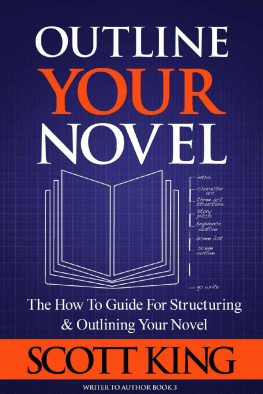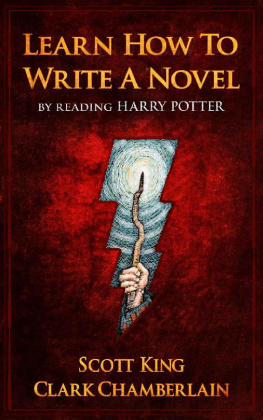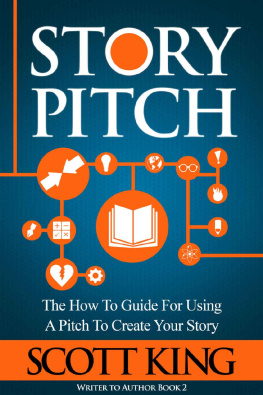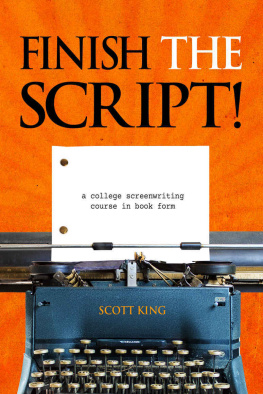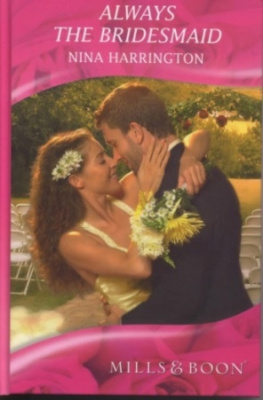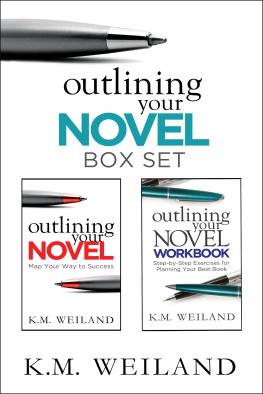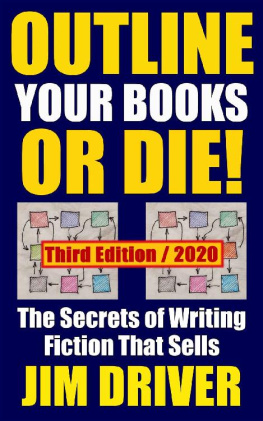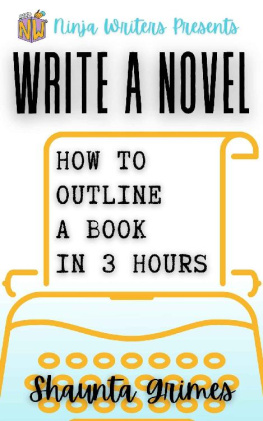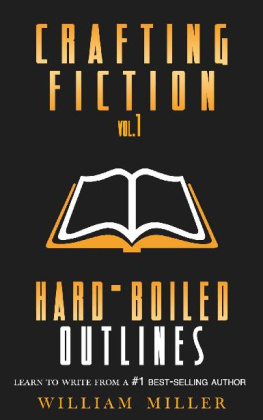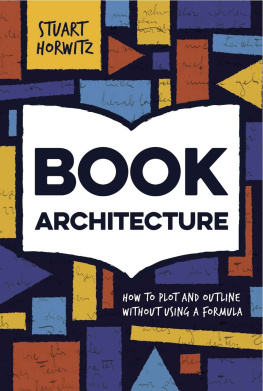Introduction
S up? Im Scott King and I have a dark horrible confession to make for the past week Ive been telling people that I have taco soup in my jacket pocket. Its been fun gauging the different reactions to the statement .
Ive seen mouths drop open without a sound coming from them. Ive seen dozens of raised eyebrows. Tons of people simply respond with What? My favorite reaction is when the persons head twitches as if their brain literally cant process what Ive said. Its been amazing and I feel it is important that you know this about me so that you know what you are getting into with this book .
Outline Your Novel is not a stuffy academic text. It is written in my own voice, and its straight to the point with no bull or filler. Im a former college professor so its not that I cant write fancy or in an academic style, its that I dont have anything to prove. I dont need to show off and I think as a reader you will gain more if this book reads as if you and I were hanging out and talking in a coffee shop. Thats good, because I like coffee and the best way to get good juicy info from me is to bribe me with coffee .
In Outline Your Novel, I plan to teach you how the traditional three act structure makes use of certain beats and how to adapt those beats to make an outline. From there we will cover how to adapt your outline without it feeling formulaic or losing your voice as an author. First and foremost this is a book about craft and the pre-writing process. If you are looking for help with the actual writing process or workflow, check out my book The 5 Day Novel .
I love the pre-writing process. It is a magic time when as a creator you have a clear vision of the story you want to tell and youve not had the chance to screw it up with sub-par prose or weak storytelling. The deeper an author gets into writing a novel, the more muddy and less exciting it feels. Its harder to see what is working or to judge if it is good or bad. One of the main benefits of understanding story structure and creating an outline is that it can serve as a guide for those dark times .
Before I wrap up this introduction, I want you to know one of my main teaching philosophies: the only wrong way to write is to not write .
You as a writer need to know that the best way for you to write is whatever way works best for you. So no matter what I tell you in this book or what anyone else tells you, listen to yourself first. What works for one person creatively might not work for the next. So be true to yourself and do your best to take the things Im trying to teach and adapt them to your own process. I have a lot of ninja craft tips in Outline Your Novel and Im hoping you can get a lot of use out of them .
Structuring & Outlining
O ne of the main things that separates being an author of a novel from being a writer in other media like film, comics, or theater, is that with novels the author is the sole creator. Novels are not written by a committee with dozens of people contributing to them. At most, they are one or two people who put prose to page to execute a story they feel the need to tell. Being an author means having the freedom to do what you want .
That freedom can be daunting, especially to new writers. When a person can write about anything or make anything happen on the page, how do they pick or decide what to write? Thats where understanding narrative structure can help .
Structure is the underlying frame that an author uses to select the order of the events that happen in the story they are trying to tell. The most common type of structure is the three act structure, which we will talk about more in a few chapters. However, things like Orson Scott Cards MICE Quotient or Joseph Campbells Monomyth are other ways an author can order the events in their story .
Beyond serving as a guidepost for an author, understanding structure is important for understanding reader expectations. The majority of contemporary novels are told using a three act structure, and every mainstream Hollywood movie also uses it. Viewers and readers have been bombarded by story structure from the time they were little and it has created certain narrative beats that must appear for a story to feel satisfying. By understanding structure, an author can play with reader expectations as well as make sure that the readers expectation is met .
Whether you intend your novel to have structure or not, it will have one. If it is non-traditional and breaks the readers expectation in a bad way, readers will declare that it feels off, isnt paced right, or a bunch of other complaints. By understanding structure, and subverting that structure to your own storytelling needs, you gain a tool that makes manipulating reader expectations easier .
Look at Outline Your Novel, as an example. This book has a structure. The introduction sets the tone and reader expectations. I use weird humor and explain that this book will be written in my natural speaking voice. From there the book is broken into three parts. Part I is about structure and it is mostly lectures and non-writing assignments that build a foundation, preparing the reader for what will happen in Part II. Part II is about outlining and that is where the meat of the active assignments take place. Part III of this book is about how to use your outline to write a novel, which Ill follow up with a book end that wraps the whole thing up .
There is a method to the structure of this book. I could have started Outline Your Novel by jumping right to outlining. That would make sense right? Except that, as I said in the intro, I truly believe there are no hard rules when it comes to writing. I can walk someone through how to do an outline, but if they follow that to the exact letter their outline might feel formulaic. Its much better for a person to understand how structure works and then create an outline. Once they know the general expectations for story structure they can adapt that to fit their voice .
If I cut Part III from the book it would be like giving a kid a fancy toy to play with, but not telling them how to put in the batteries. Plus I really wanted a section to hammer home the point that an authors voice is super important for storytelling. So many writing books focus on formula and equations, forgetting that what makes each and every author special is their unique voice .
Part I of this book lays the ground work. Part II of this book is the meat of what Im trying to teach, and Part III offers a bit of freedom. If I pull out Part I, then Part II doesnt make sense. If I pull out Part II then Part III is confusing. Each part of the book feeds into the next part, building on what comes before it. The structure of this book allows me to lead readers down a specific path that ends with them feeling empowered enough to outline their own novel. Thats the power of structure .
Once you have a full grasp of how structure will work we will shift into outlining. I know outline can seem like a bad word. Im sure some of you reading this now have a bad taste in the back of your mouth and you are cringing at the idea of pre-writing. I respect where you are coming from. All authors have their method. The more books you write the more you will develop your own process that works for you. If you are so far along in knowing who you are as an author and that you hate outlines, then dont outline. If you are still trying to find your voice and figure out who you are then give outlining a chance .
Ive interviewed hundreds of authors. Ive also attended multiple conventions and conferences where Ive chatted with and met both indy- and traditionally- published authors. Although everyone seems to have a different process for how they create a novel, one of the consistencies that almost all authors talk about is being able to reach a flow-state, that in-the-zone moment when the real world fades away and they are able to type without thinking about it. Reaching and staying in that flow-state is an invaluable tool to an author. Its not always easy to get there and the slightest distraction can pull you out of it .

